
NEWS
26-06-2023 by Freddie del Curatolo
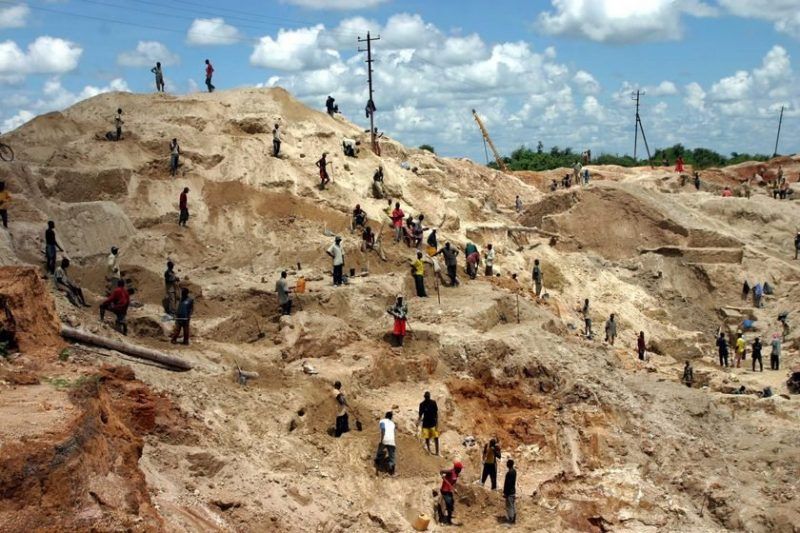
Recently, Kenya's chief inspector of mines, Philip Kirui, announced that, like other African nations, Kenya plans to gamble on mining tantalum.
This metal is mined from the better-known mineral called Coltan (a contraction precisely of Columbite and Tantalite, of which precisely tantalum is the precious element, along with nobium). It is one of the infamous "conflict minerals," as they are called by humanitarian organizations. It is no coincidence that the richest region in Coltan is the Democratic Republic of Congo, which has been experiencing an endless civil war more or less since tantalum has become rarer and more coveted, so much so that the European Union has placed it on the list of critical raw materials, that is, those materials whose supply could be at risk.
The wealth of African lands, especially those still unexplored in their metalliferous heritage, can therefore be a double-edged sword, because on the one hand it can allow struggling economies to be revived, and on the other hand it can create a series of problems that are often solved with abuse and violence, i.e., power to a few landowners or ethnic groups, foreign state interests and collusion with the underworld. All of which Kenya, one of the most democratic and peaceful nations on the continent, does not need.
But why is tantalum so important?
Mainly because of our well-established addiction to electronic tools, foremost among them the smartphone or iPhone that we use. This rare metal, which occurs in narura as dark-colored sand or rocky fragments, is used for electronic devices, heat-resistant glass and catalytic converters in vehicles, but the list could go on and on.
But why is it so important? This metal, which, in addition to central Africa which nor is the largest basin, is found in Brazil and Australia, is non-magnetic, heat and corrosion resistant, insulating, and can hold electrical charges. This last property is what makes it so important. Insulators that can hold electrical charges are called dielectrics. These materials are the essential part of capacitors, the basic components of all electronic circuits that we can find in computers or in all mobile communication devices.
Without tantalum, miniaturized mobile devices would not be possible.
"I wouldn't be the one to reveal that, actually. But we are doing a reconnaissance and indeed Coltan can be found in many parts of the country," Kirui said at a panel discussion on the 3Ts organized last week by the Friendrich Naumann Foundation.
Kenya, by the way, has been grappling for years with proper regulation of the mining of its quintessential noble metal, gold. Issues related to concessions, procurement, exploitation of land and people, are the order of the day.
In the Migori area, which is very rich in gold, miners' working conditions are often the cause of even violent protests, small cooperatives of local communities proliferate, hiring even minors for their minute physicality in penetrating the quarries (and often dying in them, given their lack of experience). In Kakamega Forest, looted and damaged by excavation after deposits were discovered, companies contracted to extract are targeted by organized crime, which extracts illegally and fuels smuggling. Not to mention that the underpaid miners and young "slaves" are also at risk of dying from diseases caused by tantalum, as a report by Doctors Without Borders about Congo specifies: altered function of the heart, blood vessels, brain and skin; reduced blood cell production and damage to the digestive system; increased risks of cancer; genetic defects in offspring; and diseases of the lymphatic system. At the onset of these important diseases there would be a need for medical treatment and medication that these people cannot afford.
Small hints of what could happen if the assault on the Kenyan subsoil becomes institutional dominance.
"For now, I can say that we only have statistics on artisanal miners, which number in the hundreds of thousands, but no records of production and sales. We have little to show for the gold produced there," Kirui confessed, explaining that no benefits to the state treasury come from the mineral resources.
So how can we prevent the technological development so cherished by the new generation and digital intelligences from turning into new humanitarian catastrophes?
The hope is that as far as Kenya is concerned, starting from scratch, the regulations launched thirteen years ago by Barack Obama and implemented by the Organization for Economic Cooperation and Development (OECD), which has developed guidelines for a responsible supply chain for minerals from conflict and high-risk areas, can be implemented.
Much later, in 2021, the European Union submitted a regulation requiring companies to identify the origin of minerals to prevent them from financing armed groups and conflicts in the countries where they operate. Let the Kenyan rulers know this: you don't get rich off the mineral resources that the world gluttons for without risking carnage and chaos.

There is a huge deposit of gold underground in Kakamega County in Kenya.
The news...
PRODUCTS
by Leni Frau
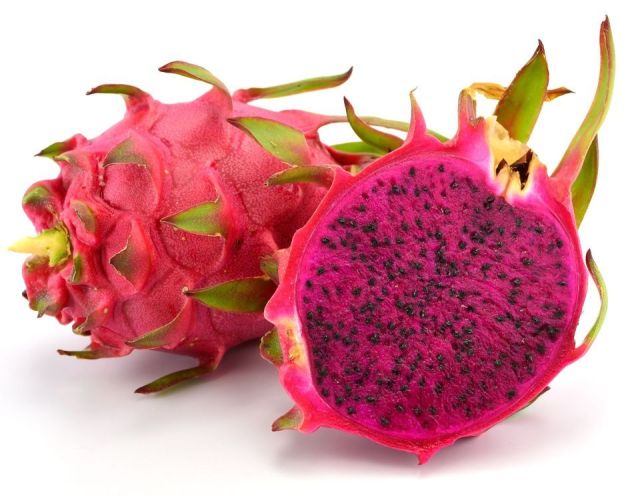
Dragon Fruit or Pitaya is a tropical fruit belonging to the family of Cactacaceae, such as prickly...
CORONAVIRUS
by redazione
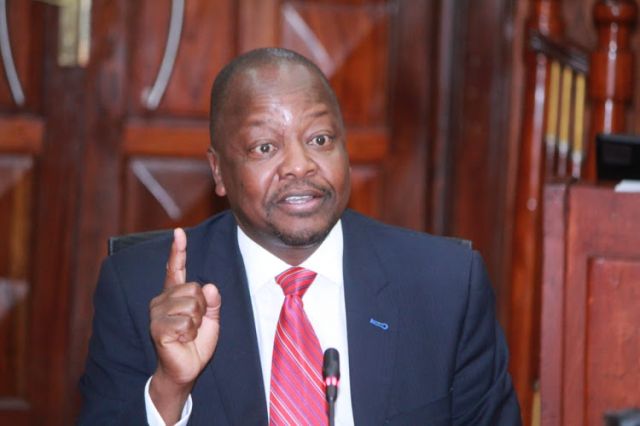
The number of deaths in Kenya has risen to 682 after 13 patients admitted to health...

1,184 persons tested positive for Covid-19 in Kenya, out of a sample of 7,139 swabs taken in...
HEALTH
by redazione

In fourteen counties of Kenya, prevention for the Coronavirus emergency has already begun and the rules...
CORONAVIRUS
by redazione

Kenya recorded 1,216 new positive Covid-19 cases in the last 24 hours, with the country's total ...
HEALTH
by redazione

A study from the University of Los Angeles confirms years of studies and centuries of rumors and local legends: the Indian ocean raw fish (sailfish, red snapper, cernia, dorado) is especially good for people in old age, more than other...

The government is happy with the Kenyan doctors on all fronts and avoids repeated ...
NEWS
by redazione
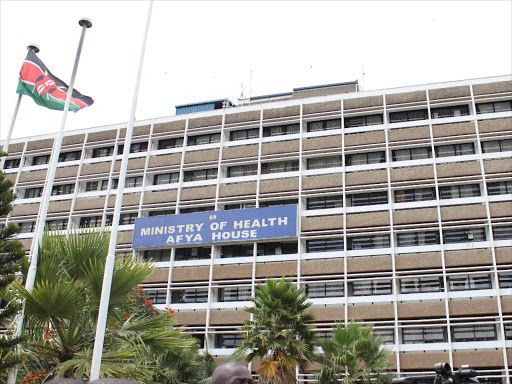
Kenya exceeds 5000 cases of Covid-19 after the bulletin of Wednesday 24 June confirmed that...
CORONAVIRUS
by redazione
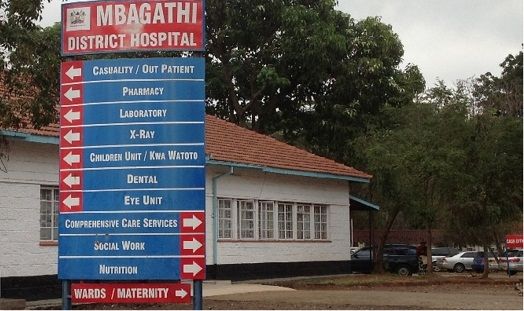
The tampons analyzed drop and consequently the cases drop at a topical moment to understand ...
CORONAVIRUS
by redazione

A stationary percentage Saturday in Kenya regarding the number of Covid-19 infections compared...
CORONAVIRUS
by redazione

In yesterday's press conference on June 30 in Afya House, the administrative secretary of Healthcare, Rashid...
NATURE
by Leni Frau

Kakamega Forest is the last corner in Kenya of the great tropical rainforest that stretched across...
NEWS
by redazione

Kenians on holiday (or at least in their native villages) for mid-August, and here the...
CORONAVIRUS
by redazione
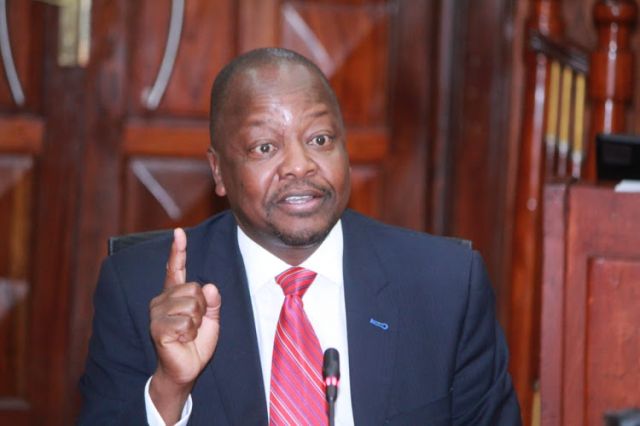
Record-breaking numbers in Kenya yesterday regarding Covid-19 cases.
They...